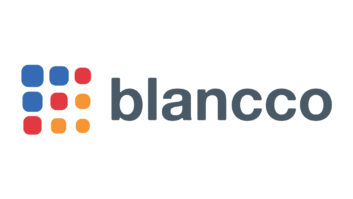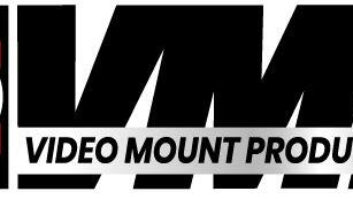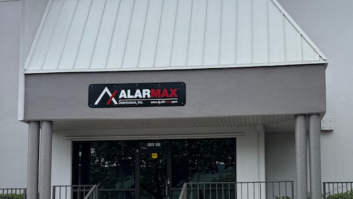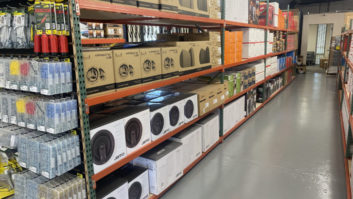CE dealers and vendors are flocking to eBay, and not just to bid on Mickey Mantle rookie cards.
Rather, the preeminent online auction site is quickly becoming a key conduit for their excess inventory and a launching pad for new products.
Thanks to its broad reach and marketplace efficiencies, the platform represents a low cost way to quickly move large quantities of goods with minimal channel disruption and maximum returns.
Indeed, retailers from RadioShack to Sharper Image, and suppliers from Monster Cable to Kodak, are realizing recovery rates as high as 40 percent on the cost of returned, refurbished and outdated inventory, compared to traditional liquidation routes that pay pennies on the dollar.
“Returns are an increasing problem for retailers and manufacturers as technology products get more complicated,” noted Gary Calega, eBay’s general manager of consumer electronics. At the same time, he said, more and more shoppers are turning to eBay for deals on both used and new CE products, making it the largest online marketplace for electronics.
That’s no hollow boast. Some $1.805 billion in factory fresh CE gear was sold over the site last year (along with another $2 billion in used goods), representing an increase of 90 percent over the $950 million in new or refurbished electronics sold in 2000.
As in traditional retail, consumers are drawn to eBay for selection as well as price, and with 948,000 CE SKUs available every month, cyber shoppers have plenty to choose from. Moreover, with 46 million active users clicking away at their mice, the merchandise moves fast. eBay boasts that on average 55 camcorders are sold each hour; a DVD player is sold every five minutes; $628 of home and mobile A/V products are sold every 60 seconds; and three CE products are sold each second.
Contrary to popular belief, the vast majority of products offered on eBay are sold by businesses — often in bulk to distributors — with only 10 percent to 20 percent of transactions taking place between individuals. According to Calega, about 3,000 sellers do better than $20,000 a month, and about 2,500, including Abt Electronics, Handspring, Harman Audio, IBM, Motorola, Sears, Sonic Blue, Ritz Camera and Palm, maintain branded electronics stores on the site.
eBay charges $9.95 a month to maintain the cyber stores, regardless of size, and all sellers pay a per-item listing fee, based on the opening bid, that caps at $3.30 for items priced $200 or higher. (The listing fee for fixed price offerings, which represent about a third of all transactions on eBay, is 5 cents per item.) Sellers also pay a sliding scale percentage of the final sale price, which caps at 1.5 percent for items sold for $1,000 or higher. All told, the total fee for auctioning off a product for $100 would come to 5 percent, or $5, Calega noted.
Corporate sellers seem pleased with the setup. Andre Brysha, VP/chief marketing officer for Ritz Interactive, the e-commerce affiliate of Ritz Camera, cited the better returns his company enjoys by auctioning goods to consumers rather than selling off large lots to liquidators at deeply discounted prices. The process also allows Ritz to maintain “a one-to-one relationship with consumers,” he said.
Brysha noted that Ritz had previously disposed of excess inventory via 50 outlet stores and clearance sections on its various e-tail sites, and later built its own auction platform in 1999. It ultimately abandoned that effort after being approached by eBay, and has since seen sales skyrocket 200 percent to 300 percent over the past 12 months.
Not all sellers come to eBay looking to move off-inventory. Some, like Handspring with its Treo PDAs and Motorola with its latest V70 handset, use the auction platform to introduce new products in order to gauge consumer response, generate buzz and to set pricing.
Other companies come to eBay in search of low customer acquisition costs and to extend their franchise to new audiences. Calega cited IBM, which found that 70 percent of its eBay customers are new to the brand.













